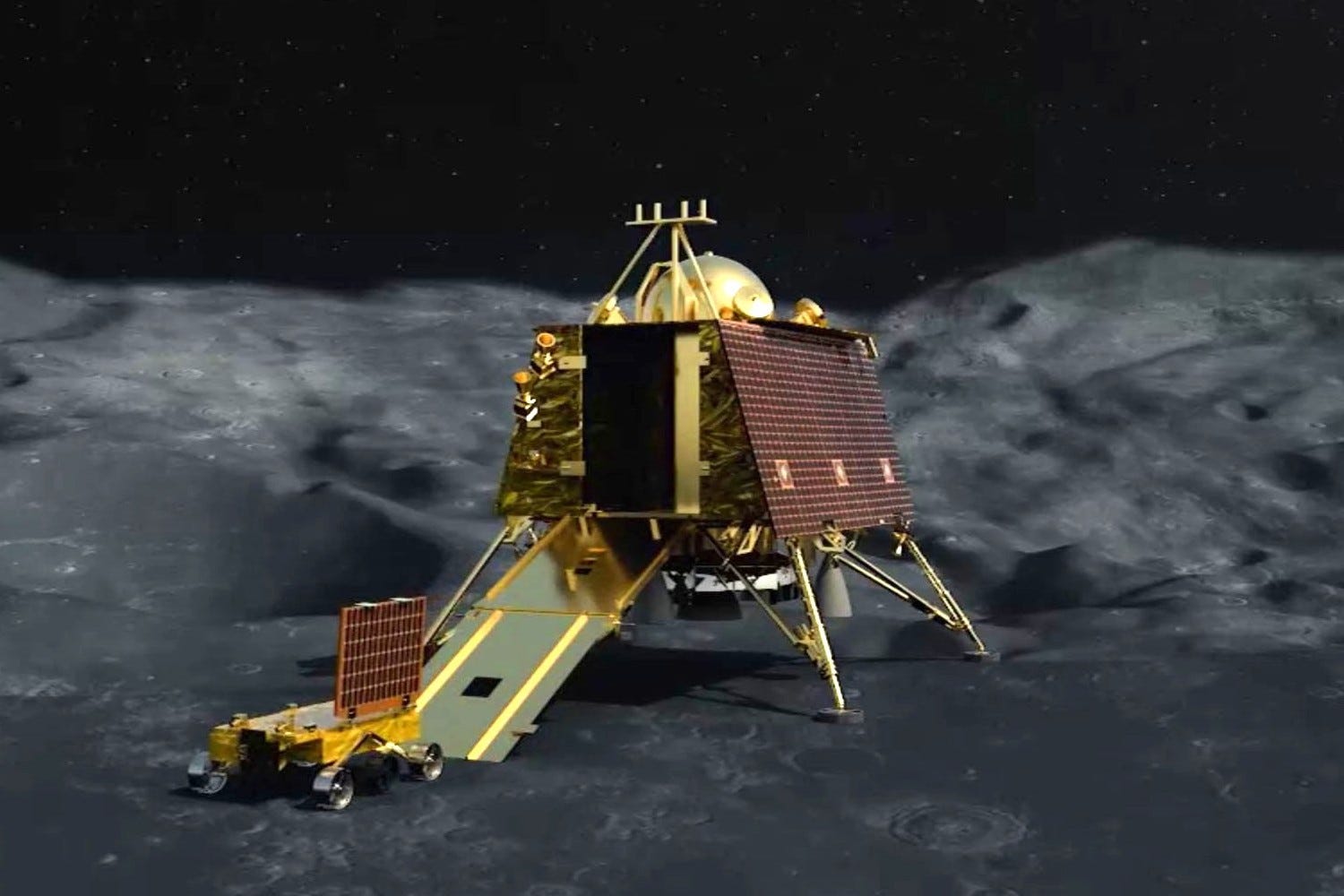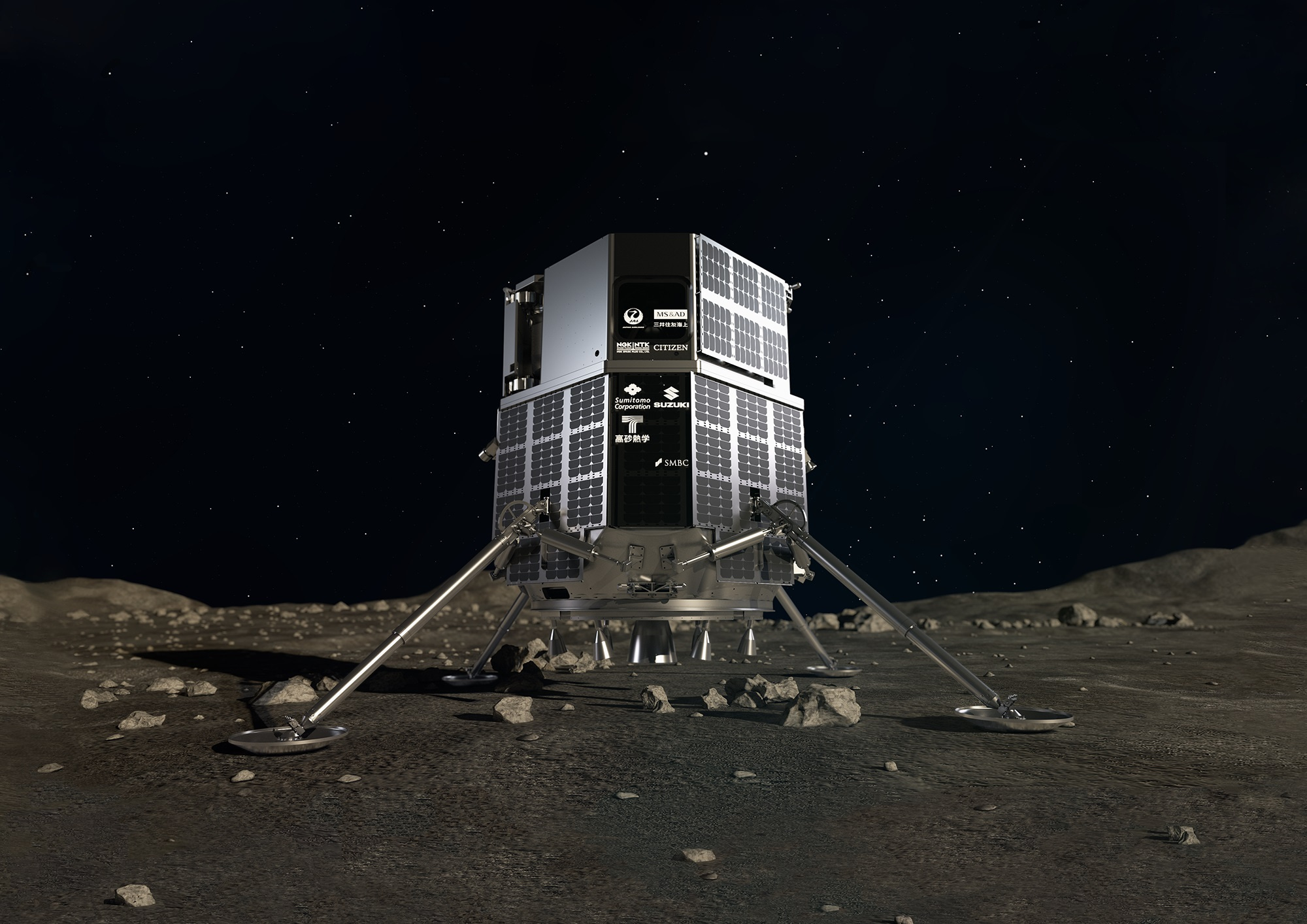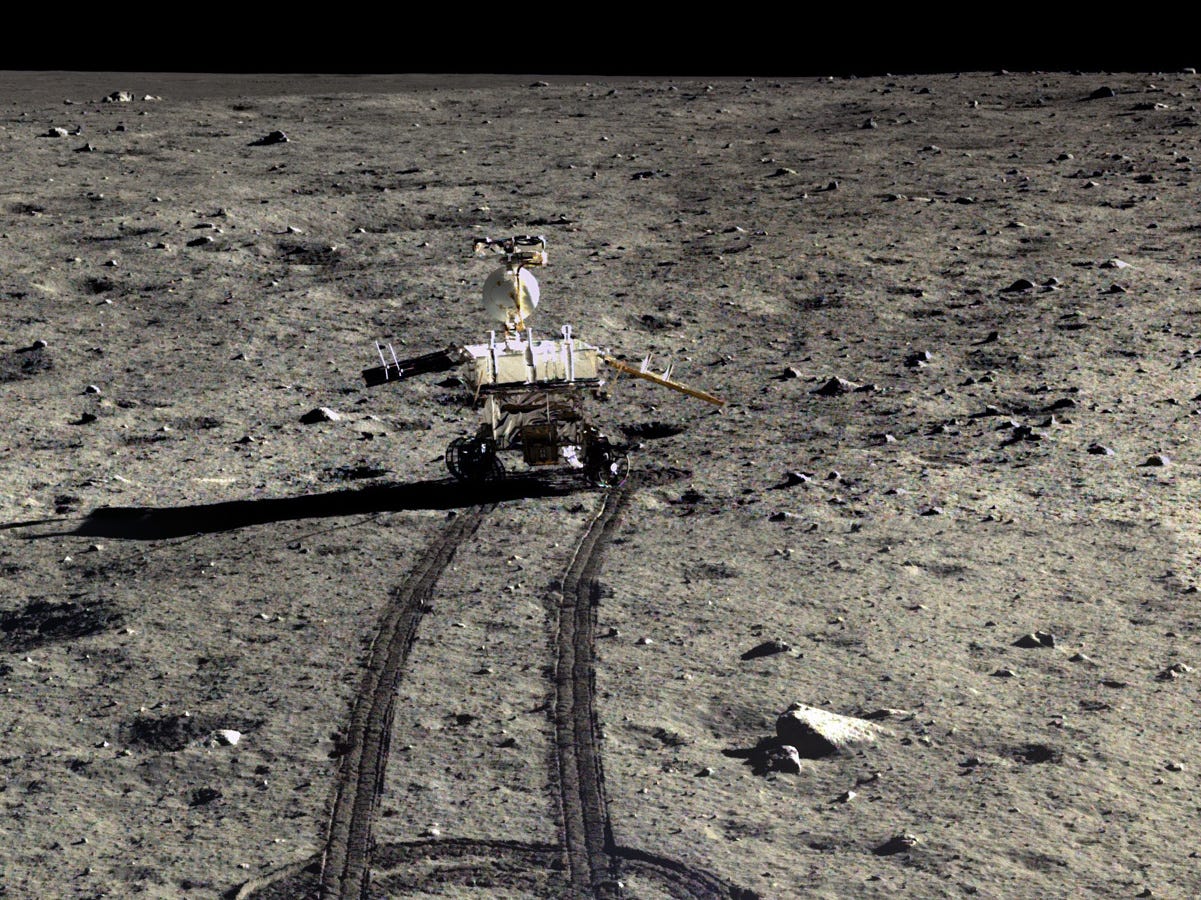Moon Monday Issue #57
India's Chandrayaan 3 Moon landing on track for Q3 2022 launch; Mexico joins U.S. Artemis Accords to cooperate in lunar exploration; China's rover finds ancient soil layer underground, & more updates.
With lunar exploration and science news having slowed down this month, and no major updates expected, I’ll be taking a short break from publishing Moon Monday for two weeks. The next issue will be on January 3, 2022 and cover all updates between now and then.
I’ll utilize the break to rest a bit, go through all the feedback you guys gave me last month, publish some space stuff, and make a plan to sustain Moon Monday in 2022 and beyond. I hope you enjoy the end of the year doing whatever you love.
Highlight
We finally have an update on Chandrayaan 3, India’s second attempt to land on the Moon after Chandrayaan 2’s surface mission failed in 2019. A response to a formal query put forth to the Rajya Sabha—Indian equivalent to the U.S. Senate—says that Chandrayaan 3 is on track to launch in Q3 2022. ISRO has completed testing the rover as well as the lander’s propulsion and navigation systems, with the remaining systems progressing well. We already know the lander will carry, among other experiments, a thermal probe and a seismometer to study the Moon’s interior, and that the rover will have a pair of spectrometers to determine what the ancient lunar crust is made of.

Related: ISRO has published a new paper on their lunar soil simulant called LSS-ISAC-1, which they developed to test Chandrayaan 2’s lander and rover, and are now using it for Chandrayaan 3. While previous papers talked about the process and sourcing of rocks for making the simulant and its development method, this one characterizes the simulant’s physical and mechanical properties. The bulk chemistry, mineralogy and mechanical properties of LSS-ISAC-1 are similar to Apollo 16 highland soil samples, in part because Chandrayaan 2’s target landing site was in a lunar highland region too. Being a repeat attempt of Chandrayaan 2’s surface part of the mission, the Chandrayaan 3’s landing region is expected to be similar.
Exploration
NASA confirmed last week that one of the four engine controllers on the agency’s SLS rocket’s core stage stopped communicating with other avionic systems onboard sometime in the week of November 22. The fully stacked SLS rocket was supposed to rollout to the launchpad on December 29 in preparation for the Artemis I mission launch in mid-February 2022 but the issue’s as yet unknown nature has delayed the rollout to at least mid-January, and the launch to late February at the earliest. NASASpaceflight has more details on the prelaunch preparations.
On December 9, Mexico became the fourteenth country to sign the U.S.-led Artemis Accords, a space exploration framework NASA calls “a practical set of principles to guide cooperation among nations participating in NASA’s 21st century lunar exploration plans.”

At the U.S. National Space Council meeting on December 1, Vice President Kamala Harris said that the government will next work to expand the number of Artemis Accords signatories, and that France has expressed an interest to join. Relatedly, in September when Indian Prime Minister Modi visited U.S. President Biden, the White House released a statement noting that “The U.S. welcomes India’s consideration of potential cooperation in Artemis and the Artemis Accords.” This is an indication that India could again collaborate with NASA to explore the Moon and might join the other signees of the Accords.
On November 24, ESA selected ArianeGroup and ispace Europe, a subsidiary of ispace Japan, for a test program which hopes to eventually morph into a commercial payload delivery service to the Moon, similar to NASA’s CLPS program which has already green-lit seven commercial Moon landing missions across four companies before 2025. If the selection is formalized next year, ispace Europe could host over 15 kilograms worth of ESA science instruments and other payloads on their lander or 5 kilograms of rover instruments. Such missions are intended to be launched on Ariane 6 rockets starting in 2024. ArianeGroup is already an ispace partner, currently assembling ispace’s lander in Germany for their first Moon mission launching in the second half of 2022.

ispace will use their Series 1 lander design for these missions, same as their first two missions. This currently leaves out the vastly more capable Series 2 lander, which ispace unveiled in August and aims to debut on their third Moon landing mission in 2024. ispace’s U.S. subsidiary will co-build the Series 2 lander along with General Atomics and Draper, and continue to bid for Moon missions under NASA CLPS.
Science
Scientists analyzing data from the ground penetrating radar on China’s now-defunct Yutu rover from the Chang’e 3 mission have discovered a thick layer of underground, ancient lunar soil in its landed region on the Moon’s nearside. This ‘paleoregolith’ layer is sandwiched between two layers (and hence two continuous periods) of lava flows, thus dating back to the time when the Moon was volcanically active. Such preserved paleoregolith layers help scientists determine not just the Moon’s volcanic and impact history but also ascertain key events in our solar system’s history and their timings. The roughly 3 billion-year-old paleoregolith layer Yutu discovered is unexpectedly thick—as much as 9 meters—which implies a fast rate of macro and micrometeorite impacts in that time of the solar system.

Relatedly, the ground penetrating radar on China’s Yutu-2 rover from the Change’4 mission had recently helped uncover the recent history of its landed region on the Moon’s farside. The radar found a host of features such as evidence of a buried crater, layers of ancient ejected material from nearby craters as well as a paleoregolith layer sandwiched between two lava flow layers just like the Yutu discovery mentioned above. Scientists think the buried crater Yutu-2 discovered likely contains ancient materials from the Moon’s mantle, which got uplifted during the formation of the nearby Finsen crater and got deposited here.
More Moon
Thank you so much Dr. Gordon Roesler, Dany Waller, Open Lunar Foundation, Epsilon3, SWISSAPOLLO and RBK for supporting me and powering this edition of Moon Monday!
Everyone, I’m publishing this one-of-a-kind Moon exploration newsletter for free, with no ads. And it will stay that way. If you like my comprehensive coverage of lunar exploration and science, support me to keep it going.
